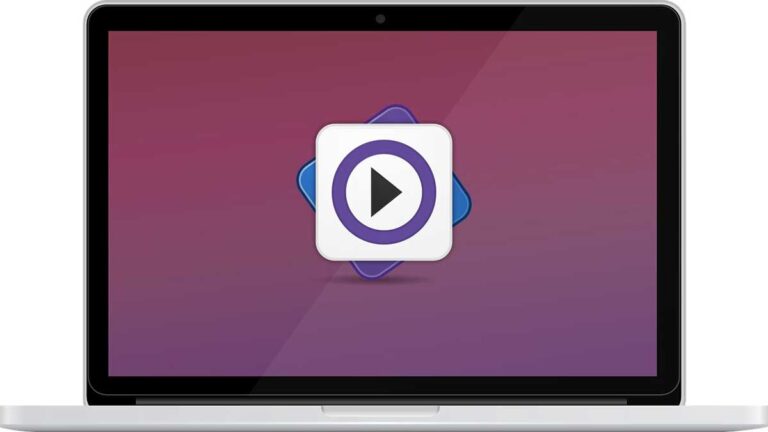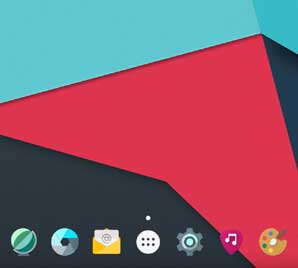5 Effective Tips | Making Most of Network Traffic Monitoring
Network Traffic Monitoring Effective Tips
Tips for Network traffic monitoring to monitor network traffic. Are you struggling with running secure traffic on your network and have been getting early warnings of the prevailing problems? It is vital to monitor traffic on the network since traffic is the key part of a company’s operations and a strict check over it is recommended. One must diligently work in ensuring that it is secure and is running errands effectively.
Diverse IT Buyers today have been putting management tools and networking monitoring in an apt place for them to work wonders. This vital information by network monitoring tools comes into play for troubleshooting network issues, identifying security vulnerabilities, and analyzing the impact posed by new applications.
See Also: Cyber security threats
Network Traffic Monitoring and Analysis
Can’t ignore the benefits and need for implementing an efficient monitoring strategy for optimizing the network? Well, stick onto us and read on the tips for making the most out of your network traffic monitoring applications:
Drive attention towards essential network performance metrics:
Keep in mind that things work differently for diverse users, and not every organization can follow one standard for exemplary network performance. The best you can do is cater to your company requirements.
One might want to ensure that it’s bandwidth has been adequately distributed among the employees. While the other might think of having their network team to eliminate all the bottlenecks for increasing the network data speeds. Just ensure that there’s adequate focus on important performance metrics for this purpose.
Select the right data source:
Choose from the two main data sources that are:
- The Flow data
- The Packet data
While deciding upon monitoring your network traffic.
Flow data works well for you if you’re looking for high traffic volumes and tracking your network packet’s journey. This type of data helps you in detecting unauthorized WAN traffic and also utilizes the network resources and their performance.
Packet data, on the other hand, helps the network managers in understanding the user approach. This works by implementing and operating applications, tracking the usage of WAN links, and monitoring malware.
Connect the data with usernames
Conventional network traffic monitoring tools are accustomed to reporting activities using MAC or IP addresses.
This information can prove to be disadvantageous in DHCP environments where there’s a quest for a problematic device. Thereby, the experts at an IT Consulting firm in NJ suggest using usernames. That swear to bring together devices and network activity. This association will enable you to know who’s doing what on your network!
Implement a change control process:
Having a change control process that aptly makes sense for your network is the next step. Prepare the log of all the changes and watch out for implementations for every system on your critical infrastructure list, and have a breath of serenity. This process also ensures that the right person is alerted to diverse network problems.
Monitor your explicit layers:
It becomes vital to make use of a monitoring system that provides a supporting hand to multiple technologies for monitoring at all layers. Explicit layers help you in developing clear insights into problematic performance metrics.
These might be a hardware/software malfunction, server, routing, network, or bandwidth problem. Each element in the network aptly contributes to one of the layers to the explicit data transfer functions. All you’ve to do is have clear visibility of the entire system for monitoring the work effectively.
The experts in network performance monitoring solutions suggest having thresholding and historic data for you to receive timely alerts about the key metrics capacity exhaustion. These might be bandwidth, disk space, or can be your memory usage.
First published on www.Techcody.com




